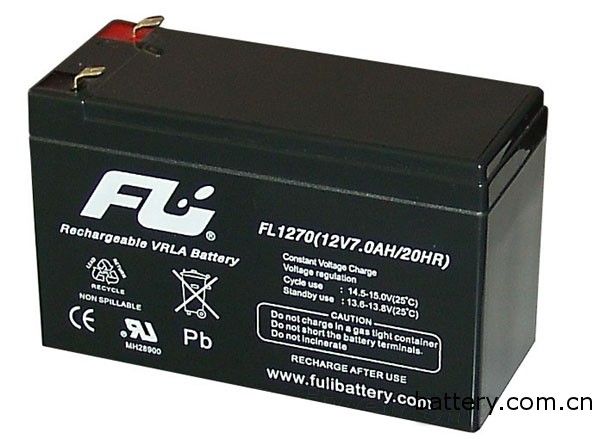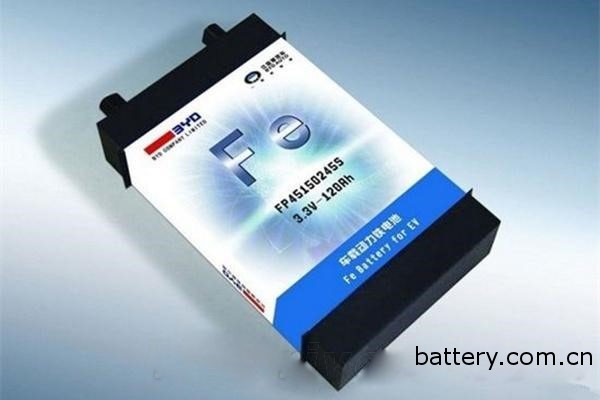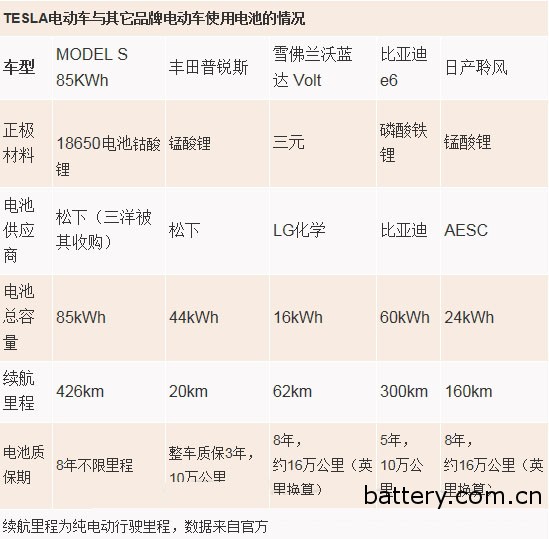The development of electric vehicles is inseparable from the innovation of batteries. In many articles, the problems faced by electric vehicles such as the battery life and inconvenient charging of electric vehicles have been mentioned. When we are complaining, is the battery technology of electric vehicles really stopping? This is not the case. Large manufacturers are constantly innovating the battery quality and capacity of electric vehicles. At present, there are several kinds of batteries on the market: lead-acid batteries , lithium iron manganese phosphate batteries, lithium iron phosphate batteries, lithium cobalt oxide batteries and lithium polymer lithium batteries, and the current battery life of electric vehicles has also been improved, then What is the specific situation of the current battery technology? 

Lead-acid batteries: your most common battery

Lead-acid batteries are the most common batteries on weekdays. The main advantages are stable voltage and low price, but they also have problems such as low specific energy, short service life and frequent daily maintenance. In China, the application of lead-acid batteries in low-speed electric vehicles in China is very common. In addition to the advantages mentioned above, the price of such batteries is also lower than that of other batteries. Lead-acid batteries are available in 2V, 4V, 6V, 8V, 12V and 24V series capacities from 200mAh to 3000mAh. Now calculate the discharge duration of the lead-acid battery, there is a formula, which can be used for rough calculation: rated capacity × discharge capacity magnification × [1 + temperature coefficient × (ambient temperature -25)] / discharge current = discharge duration. Although the lead-acid battery is inexpensive, the battery has a low battery life. Therefore, it is not appropriate to fully supply energy from such batteries on electric vehicles.
Lithium iron phosphate lithium battery: BYD's battery technology
Recently, BYD Chairman Wang Chuanfu said that BYD's latest research on lithium iron manganese phosphate battery broke the energy density limit of traditional lithium iron phosphate battery, reached the level of ternary material, and was superior to ordinary lithium iron phosphate in cost control. And has been applied to the BYD electric car, the endurance has been greatly improved.

This kind of battery is applied to this electric car of BYD Qin. This battery is an improved type under the lithium iron phosphate route, called lithium iron manganese phosphate, which is added with manganese in the material. The energy density of such batteries has reached the density of ternary materials. In terms of endurance, it is more durable than the current lithium iron phosphate battery. Since no exact price news is available, it will not be compared for the time being.
Lithium iron phosphate battery: another option for electric car batteries
Lithium iron phosphate battery is a lithium ion secondary battery, which is mainly used as a power battery, and its discharge efficiency is high. The charge and discharge efficiency can be more than 90% under the condition of discharge, and the lead acid battery is about 80%. In the battery, the safety of lithium iron phosphate battery is higher than other batteries, the theoretical life can reach 7~8 years, the actual service life is about 3~5 years, and the performance price ratio is theoretically more than 4 times that of lead-acid battery. .
Let's talk about its shortcomings. The price of lithium iron phosphate battery is higher than other types of batteries. Moreover, the battery capacity is small, the mileage is short, and it can not be recycled and reused after scrapping. There is no recoverable value. In summary, the application of lithium iron phosphate battery in electric vehicles will increase the overall cost, and the battery can not be recycled, which will result in waste of resources and consumption.
Lithium cobaltate battery: TESLA's exclusive battery
The battery of the TESLA electric car uses the NCA series (nickel-cobalt aluminum system) 18650 lithium cobalt oxide battery supplied by Panasonic, and the single battery capacity is 3100 mAh. TESLA adopts the strategy of battery pack. The 85kWh MODEL S battery unit uses a total of 8142 18650 lithium batteries. The engineers firstly distribute these batteries in bricks and pieces one by one to form an entire battery pack. The battery pack is located on the underbody.
Lithium cobaltate battery has stable structure, high capacity ratio and outstanding comprehensive performance, but its safety is poor and the cost is very high. It is mainly used for small and medium-sized batteries with a nominal voltage of 3.7V. TESLA puts such batteries together, safety becomes a problem that needs to be paid attention to. TESLA engineers distribute the safety devices in the battery pack to each 18650 lithium cobalt oxide battery, each 18650 lithium cobalt oxide battery. The fuses are provided at both ends. When the battery is overheated or the current is too high, the fuse will be cut off to avoid the abnormality of one battery (overheating or excessive current) affecting the entire battery pack. Then, in this regard, although the lithium cobalt oxide battery itself has defects, the safety on the packaging of the TESLA engineers is basically negligible. Obviously, such a solution is still very suitable for development on pure electric vehicles .


From the above table, you can compare several batteries used in electric vehicles more intuitively. Compared with other batteries, the lithium cobalt oxide battery pack has a higher cruising range and total battery capacity than other batteries. If the safety of the lithium cobalt oxide battery is increased a little, then the promotion of the electric vehicle can not only be promoted on the electric vehicle. On Tesla. Battery technology is still undergoing continuous innovation. At present, the era of ternary lithium batteries is slowly coming (the lithium iron phosphate lithium battery is a kind of ternary lithium battery), then the development of electric vehicles will be in the future. Will not be locked by the battery? In my opinion, the battery will no longer become the embarrassment of the development of electric vehicles, and the core problem is slowly being resolved.